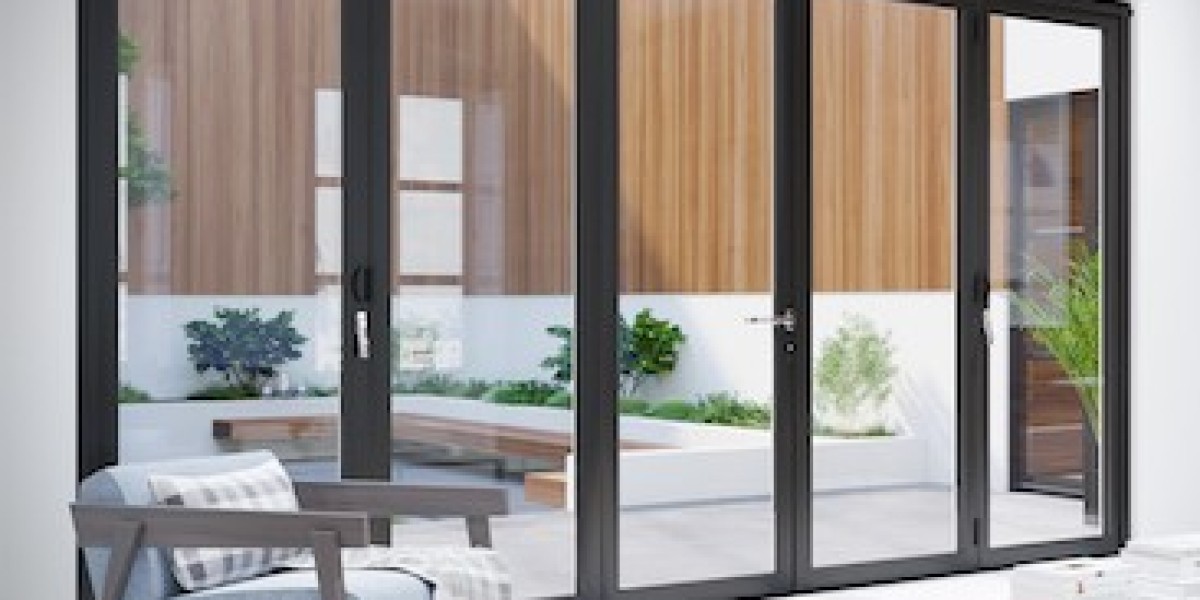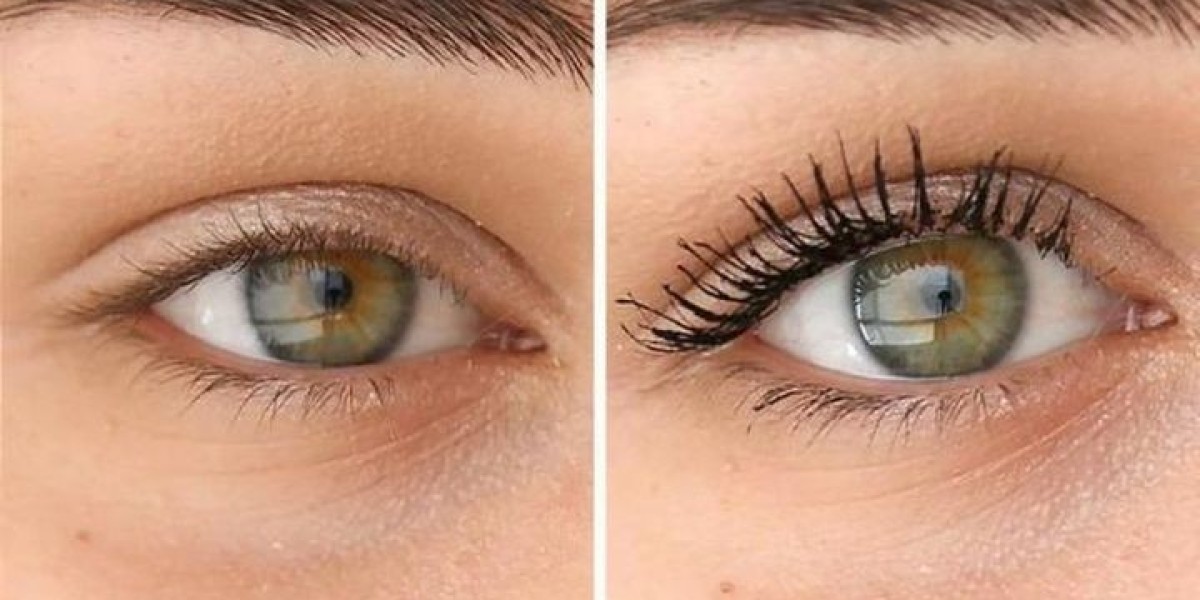
Restoring Smooth Operation: A Comprehensive Guide to Repairing Your Bifold Door Top Pivot
Bifold doors, also referred to as folding doors, are a popular option for maximizing space and developing a smooth shift between rooms or in between indoor and outside living locations. Their special folding mechanism permits wider openings than standard hinged doors, making them perfect for closets, pantries, utility room, and even as patio doors. Nevertheless, the smooth and effective operation of a bifold door hinges on numerous essential components, and among the most vital, yet often neglected, is the leading pivot.
The top pivot is a small however essential mechanism that sits at the top corner of a bifold door panel, enabling it to turn efficiently within the track system. In time, due to wear and tear, improper alignment, and even accidental damage, this pivot can fail. A malfunctioning top pivot can lead to a host of discouraging concerns, from sticking doors and loud operation to complete immobility. Fortunately, fixing or replacing a bifold door leading pivot is frequently a workable DIY task, saving you the expense of expert repairs and restoring the functionality of your door.
This thorough guide will stroll you through the procedure of understanding, diagnosing, and repairing a bifold door leading pivot. We will check out the components included, identify typical problems, equip you with the required tools and materials, and provide a detailed repair process. Whether you are a skilled DIY lover or a homeowner dealing with home repairs for the very first time, this short article will empower you to confidently address a malfunctioning bifold door top pivot and get your door running smoothly when again.
Comprehending the Top Pivot System
Before diving into the repair procedure, it's useful to comprehend the function of the top pivot within the more comprehensive bifold door system. The leading pivot, in combination with the bottom pivot (frequently described as a guide or wheel), works to control the movement and stability of each door panel.
Generally, a Bifold Door Hinge Adjustment door system consists of:
- Top Track: A metal track set up horizontally at the top of the door opening. This track houses the leading pivots and guides the door panel's movement.
- Bottom Track or Guide: Some weatherproof bifold door repairs door systems make use of a bottom track, while others utilize a bottom guide that is either a pin or a wheel, connecting with a groove or channel on the floor or door jamb. This bottom part helps support the door panel and preserves positioning.
- Leading Pivots: These are little, generally plastic or metal components that are inserted into the top edge of the door panel and trip within the top track. They enable the door panel to pivot and slide efficiently along the track.
- Connecting Hinges: Hinges that connect the specific door panels together, enabling them to fold in a concertina design.
- Door Handles and Hardware: Hardware used for operating and protecting the bifold door.
The leading pivot bears a significant load, facilitating the smooth moving and folding action of the door. It requires to be robust sufficient to endure continuous use, yet precise enough to allow for uncomplicated motion. Understanding its function assists in valuing why its proper function is so vital to the overall operation of the bifold door.
Identifying Common Top Pivot Problems
Recognizing the signs of a stopping working leading pivot is the very first action towards a successful repair. Here are some common signs that suggest a problem with your bifold door's top pivot:
- Sticking or Jerky Door Movement: The door becomes tough to open or close smoothly, thinking twice or catching as it moves along the track. This is typically the most noticeable symptom.
- Noisy Operation: You may hear grinding, squeaking, or clicking noises as the door is run, showing friction or damage within the pivot mechanism or track.
- Door Panel Drooping or Sagging: If the top pivot is worn or broken, the door panel might sag somewhat at the top, causing misalignment and further preventing smooth operation.
- Visible Damage to the Pivot: Upon evaluation, you might be able to see cracks, chips, or breaks in the plastic or metal parts of the leading pivot itself.
- Door Jumping Out of the Track: In severe cases of pivot failure, the door panel might leap out of the leading track completely, ending up being completely inoperable and possibly damaging the door or frame.
- Increased Effort to Operate: If you find yourself having to put in more force than typical to open or close the door, it might be a sign of increased friction due to a stopping working pivot.
If you observe any of these symptoms, it is extremely most likely that your bifold door track replacement door's leading pivot requires attention. Neglecting these problems can result in further damage to the door, track, or surrounding frame, making the repair more complex and expensive in the long run.
Tools and Materials You'll Need
Before you start the repair, gather the needed tools and products to ensure a smooth and effective procedure. Having whatever prepared ahead of time will conserve you time and disappointment.
Tools:
- Screwdriver Set: A Phillips head and flathead screwdriver will be necessary for eliminating and installing screws associated with the pivot and door hardware. Guarantee you have different sizes to fit different screws.
- Pliers: Pliers can be practical for gripping and steering little parts, specifically if the old pivot is stuck or tough to remove.
- Hammer (Optional): A lightweight hammer may be required to gently tap the brand-new pivot into location, if needed by the style.
- Determining Tape: To ensure precise positioning and alignment when setting up the new pivot.
- Pencil or Marker: For marking positions and making sure correct positioning.
- Safety Glasses: Protecting your eyes is important when working with tools and hardware.
- Gloves (Optional): To safeguard your hands and provide better grip.
Products:
- Replacement Top Pivot: This is the most important product. It's vital to buy a replacement pivot that is suitable with your particular bifold door system. Take the old pivot with you to the hardware store for contrast, or take down the door maker and model if possible. Top pivots can be found in numerous sizes and styles.
- Lube (Silicone Spray or Dry Graphite): Lubricating the track and brand-new pivot will make sure smooth, peaceful operation and prolong the life of the pivot.
- Wood Filler or Wood Glue (Optional): If the screw holes holding the pivot in place are removed or damaged, wood filler or glue might be needed to reinforce them.
- New Screws (Optional): If the existing screws are damaged or removed, have a set of replacement screws of the right size and type on hand.
Step-by-Step Guide to Repairing the Top Pivot
With your tools and materials all set, you can now proceed with the repair. Follow these detailed instructions carefully:
Step 1: Safety and Preparation
- Place on your shatterproof glass.
- Guarantee the work location is clear and well-lit.
- Gather all your tools and materials and place them within easy reach.
Action 2: Inspect and Access the Top Pivot
- Thoroughly take a look at the leading pivot of the problematic door panel to visually evaluate the damage. Look for cracks, breaks, or indications of wear.
- Determine how the pivot is attached to the door. A lot of are usually held in location by screws.
- You may need to slightly open or close the bifold door to gain better access to the leading pivot.
Step 3: Remove the Old Top Pivot
- Using the suitable screwdriver (usually Phillips head), thoroughly eliminate the screws protecting the top pivot to the door panel.
- If the screws are stripped or difficult to eliminate, you might need to utilize pliers to grip the screw head and carefully turn it. Prevent harming the surrounding door material.
- When the screws are gotten rid of, carefully pull out the old leading pivot. If it's stuck, use pliers to carefully wiggle and pull it complimentary.
Step 4: Prepare for the New Pivot (If Necessary)
- Inspect Screw Holes: Examine the screw holes in the door where the pivot was connected. If they are removed or bigger, you may require to strengthen them.
- For Minor Stripping: Apply a small quantity of wood glue into the screw hole and let it partially dry for a few minutes. This will provide the screws a much better grip.
- For Severely Stripped Holes: Use wood filler to fill the stripped holes totally. Enable the filler to dry and harden according to the product guidelines. As soon as dry, pre-drill pilot holes a little smaller sized than the brand-new screws to guarantee a protected attachment.
Step 5: Install the New Top Pivot
- Position the new leading pivot in the very same orientation as the old one was gotten rid of.
- Align the screw holes of the brand-new pivot with the holes in the door panel.
- Place the screws and tighten them securely with the screwdriver. Prevent overtightening, which might strip the screw holes or harm the pivot. Guarantee the pivot is firmly connected however not excessively tight.
Step 6: Lubricate the Track and Pivot
- Use a little quantity of silicone spray or dry graphite lubricant to the leading track of the bifold door, focusing on the location where the top pivot will run.
- Likewise, gently lubricate the moving parts of the new top pivot itself. This will promote smooth operation and minimize friction.
Step 7: Test and Adjust
- Thoroughly run the bifold door, opening and closing it several times.
- Look for smooth, quiet movement. If the door still sticks or binds, re-inspect the pivot for proper setup and positioning.
- Guarantee the door panels fold and unfold properly which the door is not rubbing against the frame or track.
- If necessary, small adjustments to the pivot position or track alignment may be required. Consult your bifold door manufacturer's guidelines for specific change procedures if offered.
Step 8: Clean Up
- As soon as you are pleased with the door's operation, tidy up your work location and put away your tools.
Troubleshooting Common Issues
While repairing a leading pivot is often uncomplicated, you may encounter some obstacles. Here are a few fixing suggestions:
- Pivot Doesn't Fit: If the brand-new pivot doesn't suit the track or door, double-check that you have the right replacement type. Compare it carefully to the old pivot and the door specs.
- Screws Won't Tighten: Stripped screw holes are a typical issue. Refer back to Step 4 and utilize wood filler or glue to strengthen the holes before trying to tighten the screws again.
- Door Still Sticks After Pivot Replacement: If the door still doesn't operate efficiently after replacing the pivot, the problem might lie in other places. Inspect the bottom pivot/guide, the track for debris or damage, or the door panel hinges for tightness.
- Door Panel Misalignment: If the door panels are not aligned correctly after repair, make sure the top pivot is correctly seated in the track and that the door panel is correctly placed within the frame. Look for any warping or damage to the door panel itself.
Keeping Your Bifold Door Pivots
Preventative upkeep can substantially prolong the life expectancy of your bifold door pivots and reduce the requirement for regular repairs. Here are some valuable upkeep pointers:
- Regular Lubrication: Lubricate the top track and pivots with silicone spray or dry graphite every few months to reduce friction and wear.
- Keep Tracks Clean: Periodically clean the leading and bottom tracks to eliminate dust, dirt, and debris that can hamper smooth operation. Use a vacuum cleaner or a brush to clean the tracks.
- Examine Regularly: Inspect the top and bottom pivots routinely for indications of wear, damage, or looseness. Deal with any minor issues quickly before they intensify.
- Prevent Slamming: Avoid knocking the bifold doors, as this can put unneeded stress on the pivots and hardware, resulting in premature failure.
- Inspect Alignment: Periodically inspect the positioning of the door panels to guarantee they are folding and unfolding properly and that there is no unnecessary stress on the pivots.
When to Call a Professional
While DIY repair is often possible, there are scenarios where looking for professional aid is recommended. Consider calling a door repair professional if:
- You are unpleasant with DIY repairs.
- The damage to the door or frame is extensive beyond just the pivot.
- You are unable to identify the appropriate replacement pivot.
- You encounter consistent issues after trying the repair.
- The bifold door belongs to an intricate system, such as a multi-panel patio door, and requires specialized knowledge.
An expert door specialist has the experience and knowledge to properly identify intricate bifold door problems and perform repairs effectively and successfully.
Fixing a bifold door top pivot is a satisfying DIY job that can bring back the smooth and effortless operation of your door. By understanding the parts, determining the problem, and following the step-by-step guide outlined in this post, you can confidently tackle this repair and conserve yourself time and money. Routine maintenance and prompt attention to small concerns will guarantee the durability and reliable performance of your bifold doors for several years to come, adding to the comfort and performance of your living space.
Often Asked Questions (FAQs) about Bifold Door Top Pivot Repair
Q1: How do I understand what kind of leading pivot to buy as a replacement?
A: The finest way is to remove the old pivot and take it with you to a hardware shop. Compare it visually to the readily available choices, paying attention to the size, shape, and attachment technique. Alternatively, if you understand the manufacturer and design of your fix bifold door hardware door, you might be able to discover particular replacement parts online or through the producer.
Q2: Can I repair a damaged top pivot, or do I always require to replace it?
A: In a lot of cases, it's more useful and reliable to replace a damaged or worn top pivot instead of attempting to repair it. Pivots are reasonably low-cost, and replacement guarantees proper function and durability. Trying to repair a damaged pivot may result in more problems and is typically not advised.
Q3: My screws are removed and won't hold the brand-new pivot. What can I do?
A: Stripped screw holes prevail. Attempt using a little longer or thicker screws. If that doesn't work, apply wood glue into the screw hole and let it partially dry before re-screwing. For seriously removed holes, use wood filler to fill them completely, let it dry, and after that pre-drill pilot holes for the brand-new screws.
Q4: Do I require to remove the whole bifold door to replace the top pivot?
A: Often, you can replace the leading pivot without completely eliminating the door panel. However, depending upon the style and accessibility, it may be much easier to partially detach the door panel to get better gain access to. In some cases, especially with much heavier doors or intricate systems, eliminating the door panel might be more secure and more hassle-free.
Q5: After replacing the top pivot, my door is still tough to open. What else could be incorrect?
A: If the problem continues after pivot replacement, check other possible concerns:
- Bottom pivot/guide: Inspect for damage or particles.
- Track: Clean and lubricate the leading and bottom tracks. Inspect for damage or obstructions.
- Hinges: Ensure the door panel hinges are not stiff or binding. Lubricate them if essential.
- Door Alignment: Check if the door panels are effectively aligned within the frame.
Q6: How frequently should I oil my bifold door pivots?
A: Regular lubrication every 3-6 months is suggested for optimal efficiency. More regular lubrication may be needed in dusty or high-use environments. Usage silicone spray or dry graphite lubricant to keep the pivots and track moving efficiently.









